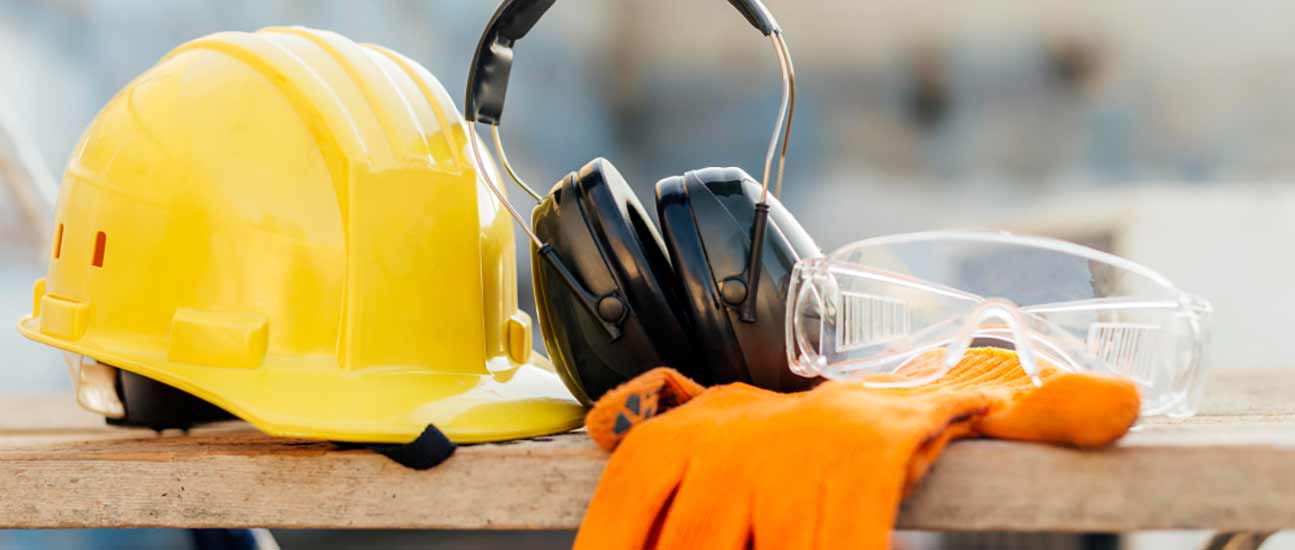
Frequently Asked Questions
General
Environmental consultants identify, qualify, and interpret environmental concerns, whereas remediation firms are involved in the engineering and implementation of the work necessary to address the environmental issue.
We do! Our sampling is conducted in-house for most bulk or specific testing. When excavation equipment or heavy machinery is required, we use some of our trusted subcontractors and third-party vendor.
We provide free initial consultations to clients. Additionally, clients receive a written proposal detailing any billable services as well as the details of the requested job before any costs accrue.
Asbestos
Asbestos that is in good condition and left undisturbed is unlikely to present a health risk. The risks from asbestos occur when it is damaged or disturbed, allowing the asbestos fibers to become airborne and potentially inhaled.
The only way to be sure whether a material contains asbestos is to have it tested by a qualified laboratory. EPA only recommends testing suspected materials if they are damaged (fraying, crumbling) or if you are planning a renovation that would disturb the suspect material. Samples should be taken by a properly trained and accredited asbestos professional.
On July 12, 1989, the EPA issued a final rule under Section 6 of the Toxic Substances Control Act (TSCA) banning most asbestos-containing products in the United States. In 1991, the rule was vacated and remanded by the Fifth Circuit Court of Appeals. As a result, most of the original ban on the manufacture, importation, processing, or distribution in commerce for most of the asbestos containing product categories originally covered in the 1989 final rule was overturned. Although most asbestos containing products can still legally be manufactured, imported, processed, and distributed in the U.S., according to the U.S. Geological Survey, the production and use of asbestos has declined significantly.
It is possible that some aftermarket brakes, especially imported brakes, may still contain asbestos.
If you have vermiculite insulation in your home, you should assume this material may be contaminated with asbestos and be aware of steps you can take to protect yourself and your family from exposure to asbestos. The EPA recommends that vermiculite insulation be left undisturbed. Airborne asbestos fibers present a health risk through inhalation, so the first step is to not disturb the material, which could release fibers into the air. If you choose to remove the vermiculite insulation, you should make sure the work is done by a trained and certified asbestos abatement contractor.
Lead
Children under the age of 6 are at the greatest risk for health problems caused by lead exposure because their bodies are still developing. Young children tend to put their hands or other objects, that may be contaminated with lead dust, into their mouths. Ensuring you know where those potential lead hazards may be is a critical first step in preventing lead exposure.
A blood test is the only way to find out if a child has been exposed to lead.
If exposed to lead during a pregnancy, the developing baby can also be exposed.
Unfortunately, we are not a certified lead abatement contractor. However, we do know some great lead abatement companies we’ve worked with in the past that we can put you in contact with.
Lead cannot be seen, smelled, or tasted in drinking water. The best way to know if your drinking water has lead is to have a lead test conducted on the water. Many public water providers have data on drinking water quality, including lead levels, as part of their annual reports.
Environmental Site Assessments
A Phase I gives a general overview and identifies potential environmental concerns, which are known as RECs.
Should a Phase I identify any Recognized Environmental Concerns (RECs), further investigation might be required. A Phase II will include soil borings, ground-penetrating radar (GPR), and soil/groundwater sampling. What needs to be done will be decided on which investigation method best matches the environmental concern.
Time and cost typically depend on the size and type of the property, but we have met some tight deadlines before. We are more than happy to take your call and give you a more immediate answer for any specific needs or requests.
